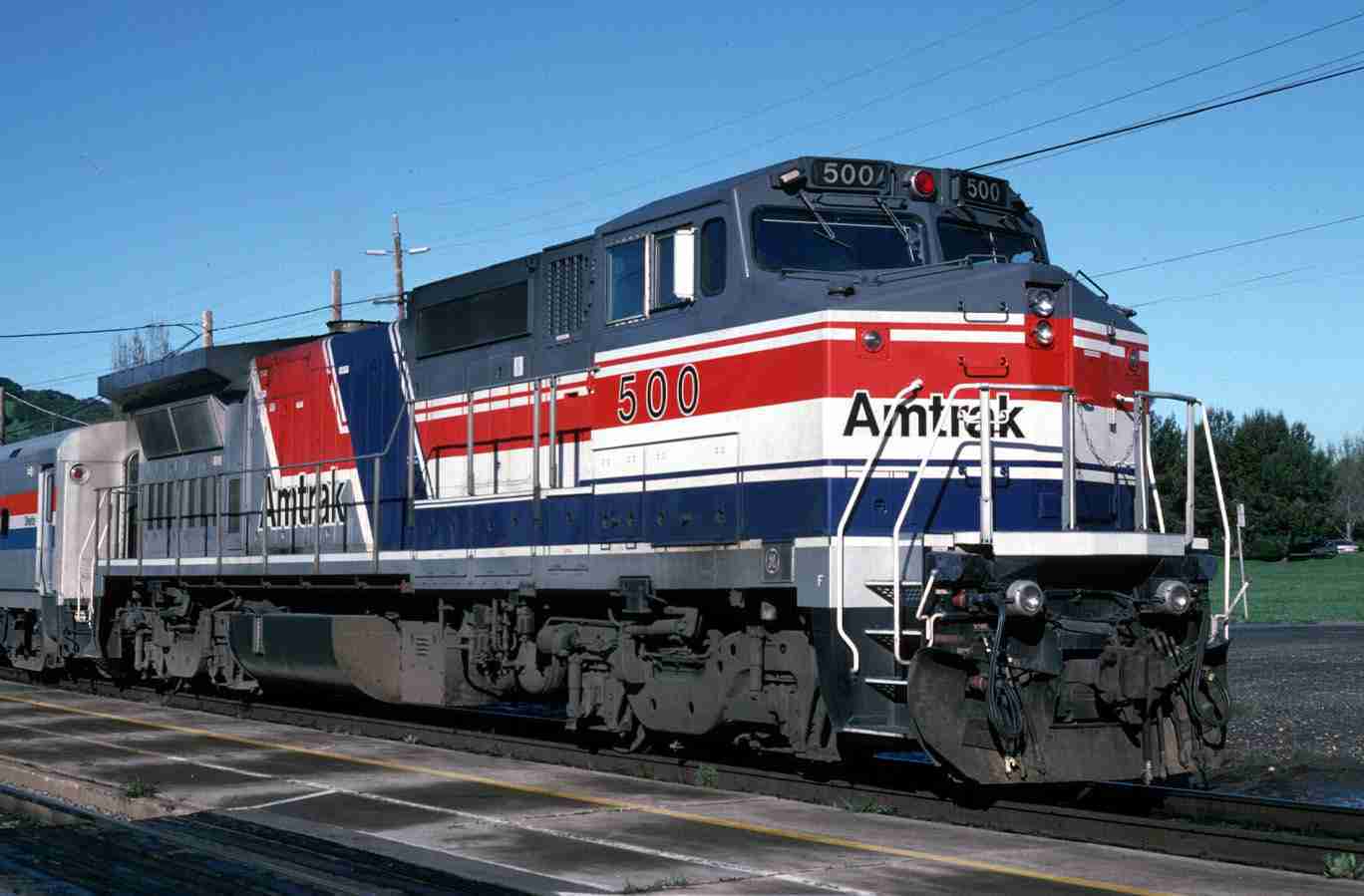By DAVID B. CARUSO and JUSTIN PRITCHARD
Associated Press
NEW YORK – The trains that link global centers of learning, finance and power on the East Coast lumber through tunnels dug just after the Civil War, and cross century-old bridges that sometimes jam when they swing open to let tugboats pass. Hundreds of miles of overhead wires that deliver power to locomotives were hung during the Great Depression.
The rails of the Northeast Corridor are decaying, increasingly strained – and moving more people than ever around the nation’s most densely populated region.
The railroad’s importance became all the more apparent after Amtrak Train 188 derailed Tuesday as it sped around a curve in Philadelphia, killing eight passengers and injuring more than 200.
The wreck closed part of the corridor all week. On a normal weekday, 2,000 trains run by Amtrak and eight other passenger rail systems carry 750,000 riders on railway between Washington and Boston, making it a vital link for both intercity travelers and suburban commuters.
Federal investigators will take months to determine the cause of the crash. Speed, not equipment failure, has emerged as a key factor.
Still, the crash refocused attention on the slow-motion deterioration of vital infrastructure with a seemingly endless to-do list. By one estimate, it would take $21 billion just to replace parts still in use beyond their intended lives.
“The stakes are enormous,” Amtrak’s president, Joseph Boardman, warned in his 2015 request to Congress for funding. He said the corridor was experiencing a “crisis brought on by decades of chronic underfunding.”
Some federal lawmakers want to give Amtrak less, not more. A day after the accident, the House Appropriations Committee voted to cut Amtrak’s federal subsidy for next year by $251 million, to $1.1 billion.
“There just isn’t enough money to go around,” said Rebecca Reyes-Alicea of the Federal Railroad Administration. In her job as the agency’s Northeast Corridor program manager, Reyes-Alicea has been helping states pool their clout and push for federal money all along the corridor, rather than competing with one another.
Amtrak’s ridership on the corridor is up 50 percent since 1998, thanks mostly to the introduction of high-speed trains now favored by travelers who used to fly between New York, Washington and Boston. Amtrak carried a record 11.6 million riders on the corridor in fiscal year 2014.
Commuter railroads that rely heavily on the rail corridor, like the Metro-North Railroad serving New York and Connecticut, also have been breaking ridership records.
Reyes-Alicea ticks off a list of needs, from a bigger station in Boston at the northern terminus to obsolete bridges along many of the 450 miles that end next to Capitol Hill.
Half of the route’s 1,000 bridges are around a century old. Not all are at the end of their useful lives, but at current funding levels, it would take 300 years to replace all of them, according to the Northeast Corridor Commission of transportation officials.
A 105-year-old bridge over New Jersey’s Hackensack River, the Portal Bridge, wouldn’t close for 45 minutes in February after it opened for a tugboat. Plans call for a pair of replacement bridges. The first one will cost $940 million.
There are 10 such “historic moveable bridges” along the corridor.
In Connecticut, officials are working on a plan to replace a swinging bridge over the Norwalk River. It was built in 1896.
“As a piece of engineering, it’s just amazing,” said John Bernick, assistant rail administrator for the Connecticut Department of Transportation. “But, it’s certainly reached its retirement age.”
Last year, after some needed equipment changes, the bridge got jammed, twice, at rush hour while
trying to close. The computer that operates the bridge is from the 1980s.
Replacing the bridge, he said, could cost $650 million.
Connecticut has three other bridges built in 1904 and 1905 that the state would like to replace soon, Bernick said.










No Comment